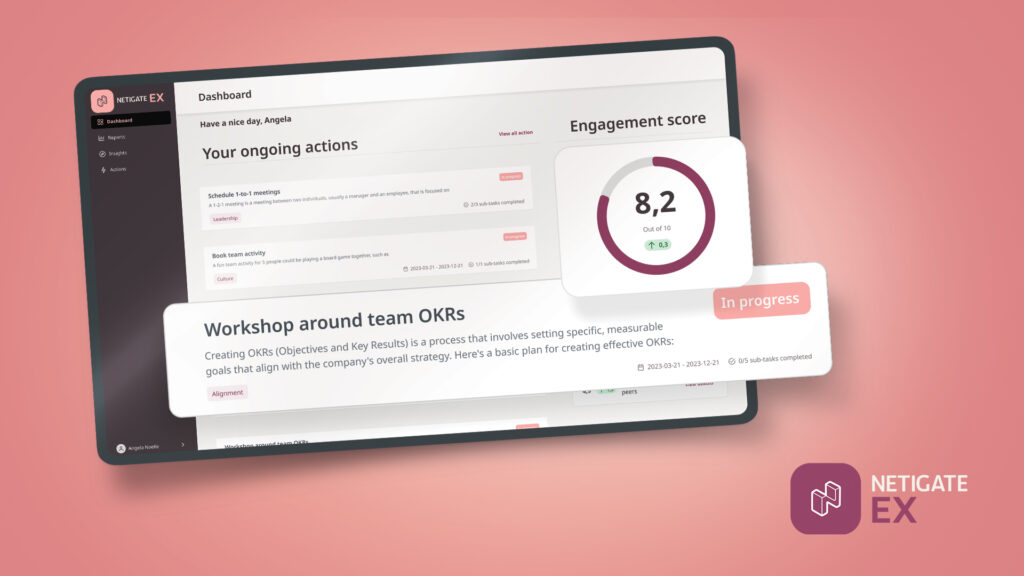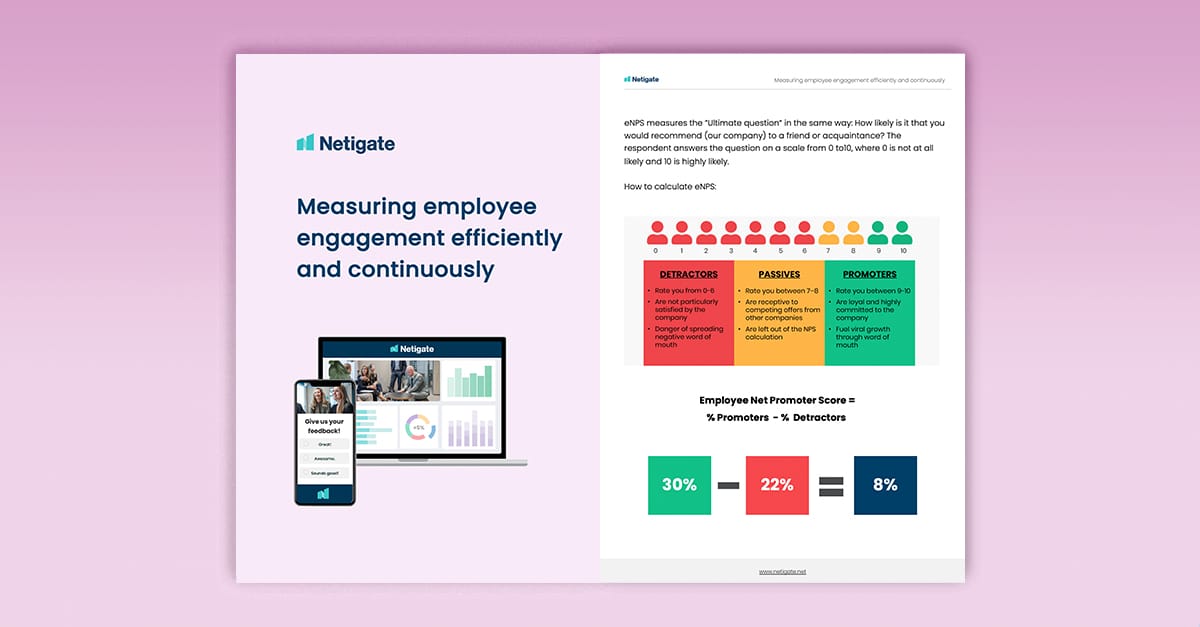It makes logical sense that engaged and happy employees would have higher output. Both personally and at a company level, but the numbers actually back it up.
Studies have shown that there’s a direct link between employee satisfaction and the company’s financial performance. Companies that invest in the employee experience statistically outperform companies that don’t – one study found they are actually four times more profitable.
It’s also true that positive vibes can be contagious – one study showed that those who are surrounded by happy people are 15% more likely to be happy themselves. So if you have a high level of employee engagement, it can have a compounding effect on the entire workforce.
Let’s take a deeper look at the link between employee engagement and a company’s bottom line.
Do More Engaged Employees Lead to Financial Gain?
Companies haven’t always thought of Employee engagement as high value. In the industrial era, and especially before the rise of more tech and creative industries. Workers were seen as replaceable. They were even even little more replaceable than a machine themselves.
Today, where results like innovation, relationship-building, and teamwork have high value, employee satisfaction is much more important. A paper by Wharton finance professor Alex Edmans sought to prove this by looking at Fortune magazine’s annual list of the “100 Best Companies to Work for in America” and seeing their stock performance over time.
Between 1998 and 2005, these “best companies” returned 14% per year. This compared to 6% a year for companies with similar characteristics.
Critically, this annual list of top workplaces is based on in-depth employee engagement surveys conducted by an independent provider. Evaluating “top” companies off of their HR websites or stated policies wouldn’t give the same kind of data-based evidence to show that a company is truly an engaging place to work.

Here in Sweden, investor Mårten Westberg has been able to predict that 16 companies will increase their stock value, solely from looking at public employee engagement reports. Building a model off of workplace happiness has, over time, led to investments that have increased at worst 50 percent – and at best, 78 percent.
Westberg, who runs the European Institute of Behavioral Analysis, says that in the long term, the stock market is governed by a company’s underlying value. While short term processes like product development and customer flows are important. At the end of the day they are all driven by the staff who make up the company. By looking at the commitment and engagement of employees, one can see what’s most is most critical for a company’s long-term financial gain.
You can view this in many ways. From the relationship between employee and manager to the relationship between colleagues to simply the opportunities for personal growth and development.
Linking Employee Engagement with Customer Satisfaction
For a more short-term focus, consider the connection between engaged employees and customer service. Many global brands, from Virgin to Starbucks to Zappos, have build their reputations on emphasising this link. Is it really just as as simple as “happy employees = happy customers”?
In reality, of course, it’s a bit more complicated. Firstly, one study shows that the opposite is not necessarily true. Disengaged employees don’t always provide worse customer service than engaged ones. In fact, the probability of finding a disgruntled employee who is actively giving poor customer service is only 7%.
A closer correlation is in employee retention. Certainly the company itself loses efficiency, money, and resources on a hiring and retaining cycle.
In addition, a constant stream of colleagues exiting is bad for overall morale and employee experience. But customers also suffer when there is high employee turnover. This because new employees take time to learn the ropes and provide high quality customer service.
Where the big impact comes is in innovation. In the same survey as above, 82% of those who were happiest at work said their current job brought out their best ideas. On the flip side, only 6% of the least happy employees found their workplace to be inspiring in the same way.
Ultimately, happy employees who feel of value by the company are more likely to create products and experiences that benefit the end customer.
Taking the next step with your company
While looking at employee satisfaction can be a key advantage for an investor. What does that mean for your business today? If you’re not already doing employee engagement surveys, consider this a reason to start. Or to get buy-in from management or other stakeholders who may not see the immediate value.
Westberg, for his part, believes all employee engagement reports should be public information.
He asked companies to provide him with this information. And even reported himself to the Swedish financial watchdogs to make sure he didn’t run afoul of insider information.
Westbergs method was even qualified as “interesting” by the editor in chief of Sweden’s Affärsvärlden magazine. Who feels employee engagement can be a deciding factor, but nevertheless they say it was “too early” to make a declarative judgement on it as an investment strategy.
At Netigate, we compile a yearly survey of over 10,000 employees in Sweden. We do this to capture valuable insights into employee engagement and trends. Check out the 2017 report here and stay tuned for the 2018 report coming soon.




